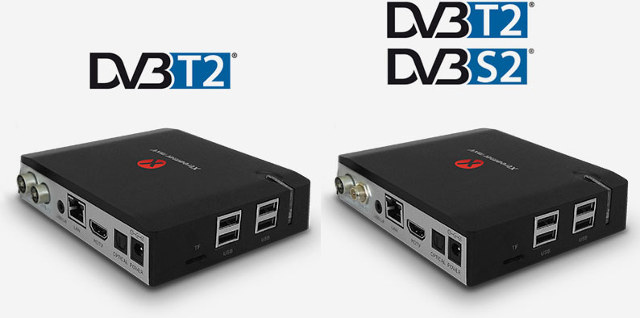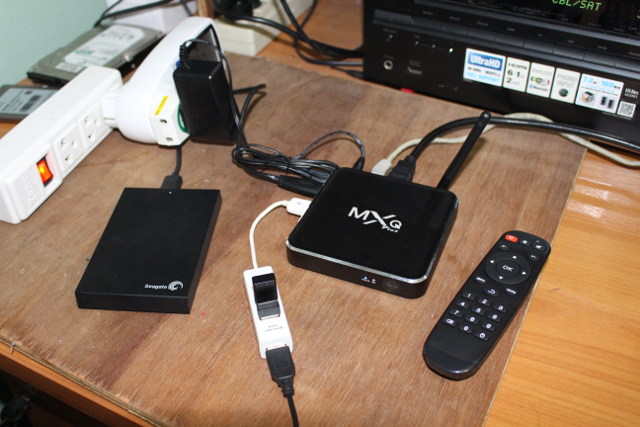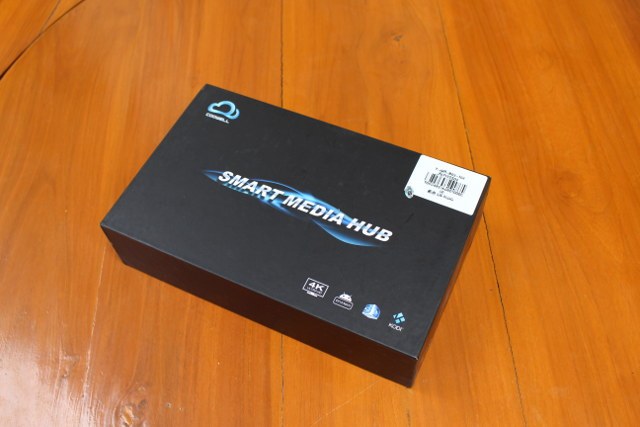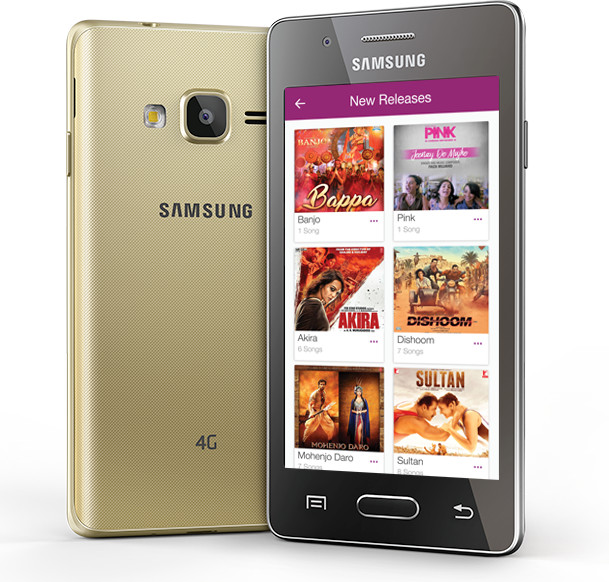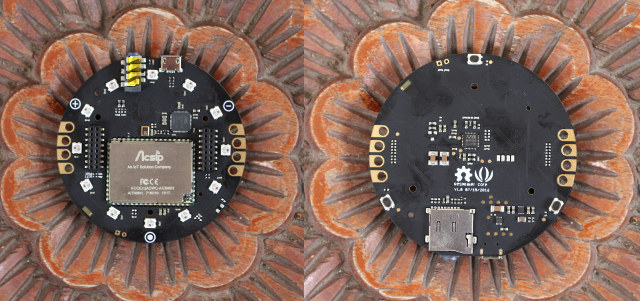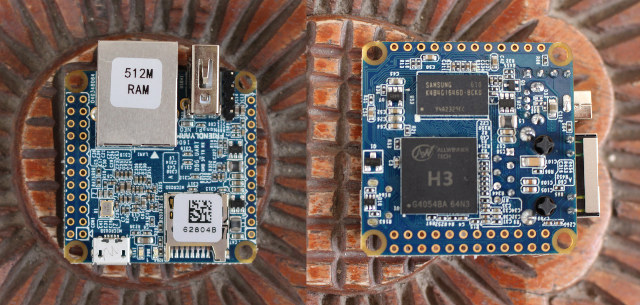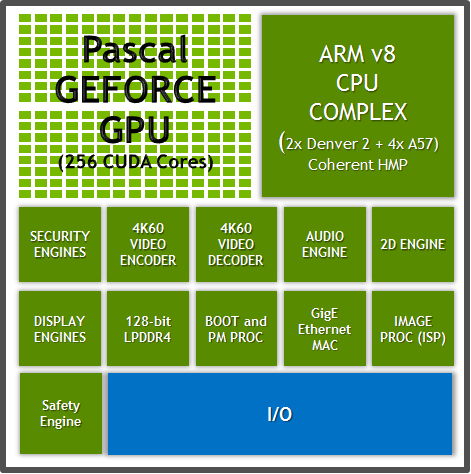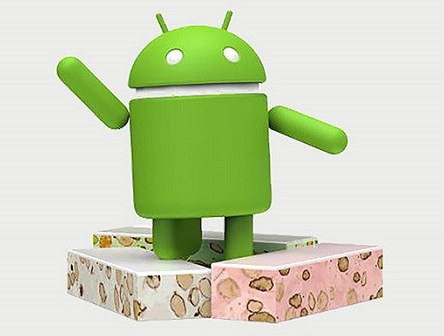Xtreamer mxV is a family of TV boxes powered by Amlogic S905 processor, and supporting Android 5.1 and OpenELEC firmware provided by the company [Update: It looks like they simply used Vitmos/amlinux.ru image]. There are three models: mxV without tuner, mxV Plus with a DVB-T2 tuner, and mvX Pro with a DVB-T2/DVB-S2 combo tuners. The three devices share the same specifications: SoC – Amlogic S905 quad core ARM Cortex-A53 @ up to 2.0GHz with penta-core Mali-450MP GPU @ 750 MHz System Memory – 1GB DDR3 Storage – 8GB eMMC flash + micro SD card slot Video Output – HDMI 2.0 up to 4K @ 60Hz with HDCP 2.2 support, and 3.5mm AV jack Audio – HDMI, AV (stereo), optical S/PDIF Video Codecs – 10-bit H.265 up to 4K60, MPEG/VC-1/AVS+/H.265 up to 4K30 Tuner mxV – None mxV Plus – DVB-T2 tuner with two connectors mxV Pro – Combo DVB-T/T2 and […]
M12N Amlogic S912 Octa-core TV Box Review – Part 2: Android 6.0 Firmware
Shenzhen Shiningworth MXQ Plus M12N is one of the first TV box powered by Amlogic S912 octa-core processor also bringing a faster GPU, VP9 and HDR support compared to the earlier Amlogic S905 processor. I’ve already shown the device, its accesories, and its internal degisn in the first part of MXQ Plus M12N review, so today I’ll spend time reporting my finding testing features and performance with Android 6.0 firmware. Setup Wizard and First Impressions Since there are only two USB ports, I connected my USB hard drive to one, and used a USB hub to connect input devices including two RF dongles for an air mouse, and a gamepad, as well as a USB keyboard to take screenshots. I also added Ethernet and HDMI cable, and finally connected the power supply to boot it up. But as you can see from the picture the very first boot was not […]
Coowell V4 Android mini PC with Camera Review – Part 1: Unboxing and Teardown
Coowell V4 is one of the rare Android mini PCs with a built-in camera. It is powered by Rockchip RK3368 octa-core processor combined with 2GB RAM and 16GB flash. GearBest asked me whether I wanted to review it, and since I was curious about the camera, I took the offer up. Today, in the first part of the review I’ll start by checking out the device and its accessories, and tear it down to find more about the hardware design, before specifically testing the camera in the second part of the review in a similar way to what I did for HD23 review. Coowell V4 Unboxing The device comes in a black retail package with SMART MEDIA HUB text. The only icon that may cause troubles at custom might be the Android logo and text lacking TM. There’s also sticker on the side indicate Model: V4. SO there may be […]
The First 4G Tizen Smartphone, Samsung Z2, To Launch in India for $68
After Samsung Z1, and Samsung Z3, Samsung defied “mathematical incrementation wisdom”, and launched Samsung Z2 Tizen smartphone, which happens to be the very first Tizen phone supporting 4G networks. Tizen Z2 is definitely an entry level smartphone as the specification show: SoC – Spreadtrum SC9830i quad core Cortex A7 processor @ 1.5 GHz with Mali 400MP2 GPU System Memory – 1GB RAM Storage – 8GB flash + micro SD slot up to 128GB Display – 4″ WVGA TFT display Cellular Connectivity – 4G LTE Cat.4 Camera – 5MP rear camera with LED flash, 0.3MP front camera Battery – 1,500 mAh battery The device caters to the Indian market with Samsung’s ‘Make for India’ features such as the “Ultra Data Saving mode, S bike mode and the new My Money Transfer”. The phone also includes a preview version of Jio services to access music and videos on demand. Samsung Z3 will be […]
ReSpeaker WiFi IoT Board is Designed for Voice Interaction (Crowdfunding)
More and more devices are supporting voice interaction nowadays from your smartphone to devices like Amazon Echo, but so far, I had not seen development boards specifically designed for that purpose, and that’s exactly what Seeed Studio ReSpeaker board does by combining audio capabilities, WiFi connectivity, and I/O headers. ReSpeaker Core board specifications: WiFi Module – Acsip AI7688 Wi-Fi 802.11 b/g/n module based on Mediatek MT7688 MIPS SoC Storage – micro SD card slot USB – 1x micro USB port for programming and power Audio – 3.5mm AUX port, WM8960 audio codec, 2-pin header for external speakers Expansion – 2x 8-pin expansion headers for I2C, GPIO and USB 2.0 host connected to MT7688, built-in microphone. MCU – Atmel ATMega32U4 @ 16 MHz Misc – 12x RGB LEDs, 8x touch sensors, 3 push buttons Power Supply – 5V DC Dimensions – 70mm diameter Weight – 70 grams The board runs OpenWrt, […]
NanoPi NEO Board Gets Armbian Debian 8 & Ubuntu 16.04 with Linux 4.6 & 4.7 (Mainline), h3consumption Power Consumption Tool
We’ve been blessed with a wide range of low cost Allwinner H3 boards thanks to Shenzhen Xunlong Orange Pi and FriendylARM NanoPi boards. Recently, armbian developers have been focusing on NanoPi NEO board, and they’ve now released Debian Jessie and Ubuntu Xenial with Linux 4.6.7 and Linux 4.7.2. The latter is mainline kernel with some patchsets for Ethernet. You can download the Linux 4.6.7 based “beta” images from armbian NanoPi NEO page, and selected the “Vanilla” versions, then flash then one a micro SD card as you would normally do. Linux 4.7.2 based “experimental” images with USB OTG support and schedutil cpufreq governor can be found on the separate server in a temporary directory. Thomas Kaiser explains further: Ethernet and throttling are working (the latter not as efficient as with legacy kernel but at least it protects the SoC from overheating). Please note that all vanilla kernel images currently suffer from […]
Nvidia Provides More Details About Parker Automotive SoC with ARMv8 Cores, Pascal GPU
Nvidia demonstrated DRIVE PX2 platform for self-driving cars at CES 2016, but did not give many details about the SoC used in the board. Today, the company has finally provided more information about Parker hexa-core SoC combining two Denver 2 cores, and four Cortex A57 cores combining with a 256-core Pascal GPU. Nvidia Parker SoC specifications: CPU – 2x Denver 2 ARMv8 cores, and 4x ARM Cortex A57 cores with 2MB + 2 MB L2 cache, coherent HMP architecture (meaning all 6 cores can work at the same time) GPUs – Nvidia Pascal Geforce GPU with 256 CUDA cores supporting DirectX 12, OpenGL 4.5, Nvidia CUDA 8.0, OpenGL ES 3.1, AEP, and Vulkan + 2D graphics engine Memory – 128-bit LPDDR4 with ECC Display – Triple display pipeline, each at up to 4K 60fps. VPU – 4K60 H.265 and VP9 hardware video decoder and encoder Others: Gigabit Ethernet MAC Dual-CAN […]
Android 7.0 Released, LG V20 Android Nougat Smartphone Coming Soon
Since Google has changed their way of releasing new version of Android, as they are now taking input from developers using preview releases, we’ve known the main changes in Android 7.0 for a while including multi-window support, improved security, virtual reality support, Vulkan API, a new JIT/AOT compiler, and so on. The company has now made it official, and released Android 7.0 earlier today. Nexus 6, Nexus 5X, Nexus 6P, Nexus 9, Nexus Player, Pixel C, and Android One smartphones will receive an OTA update with the new firmware, and some other phones enrolled in Android Beta program will also get Android 7.0, but older Nexus 5 and Nexus 7 devices won’t. Google and LG also unveiled the upcoming LG V20, the first smartphone to ship with Android 7.0. Few details have been provided so far The LG V20 builds upon the premium and rich multimedia smartphone experience of last […]


